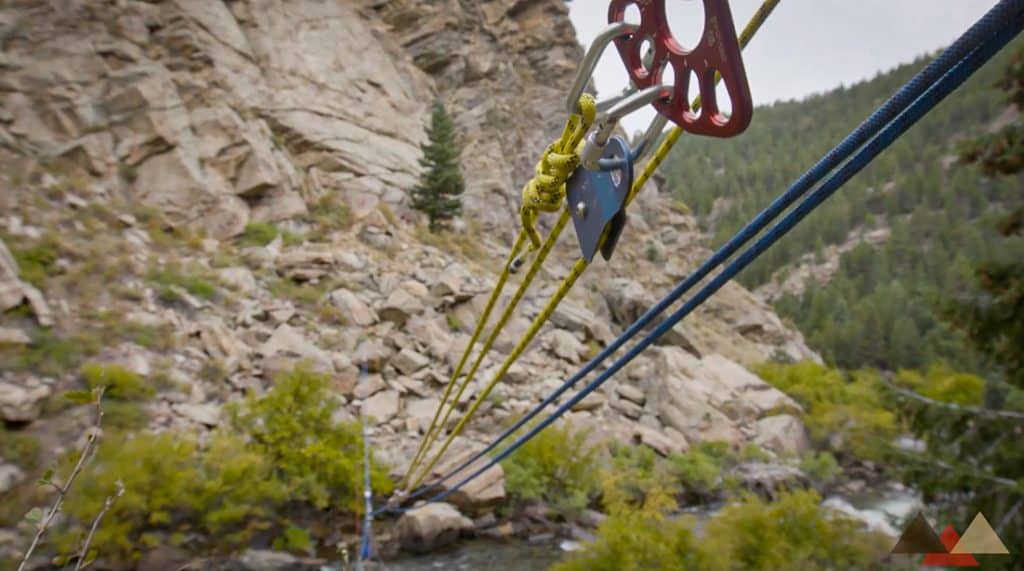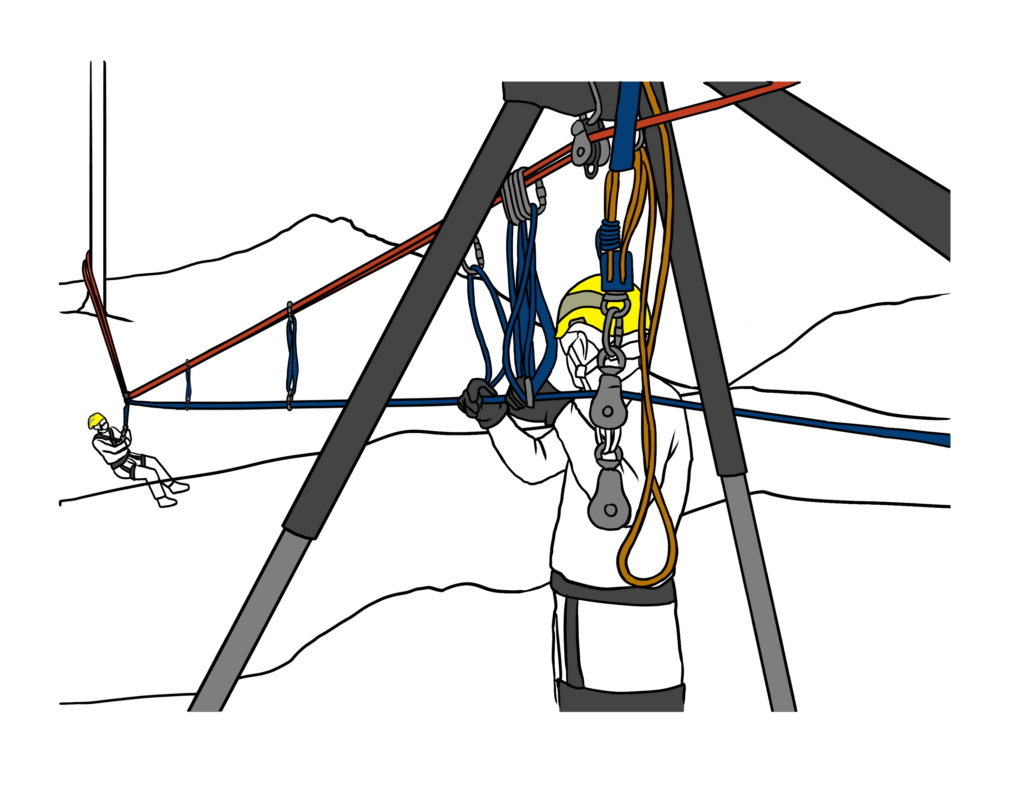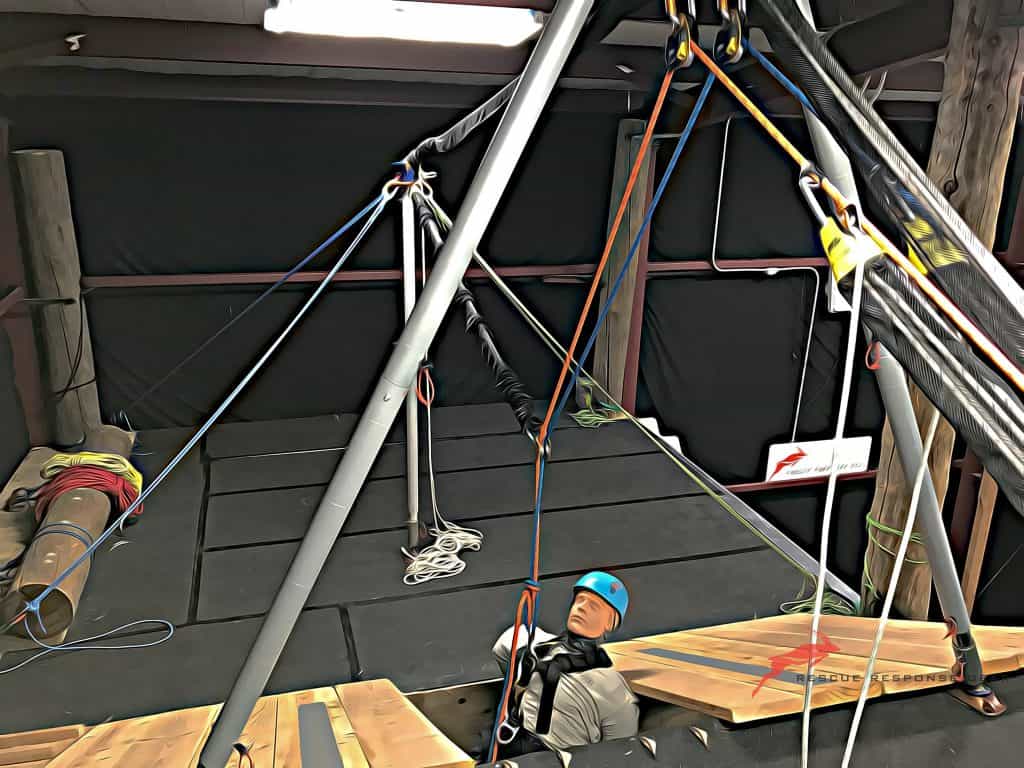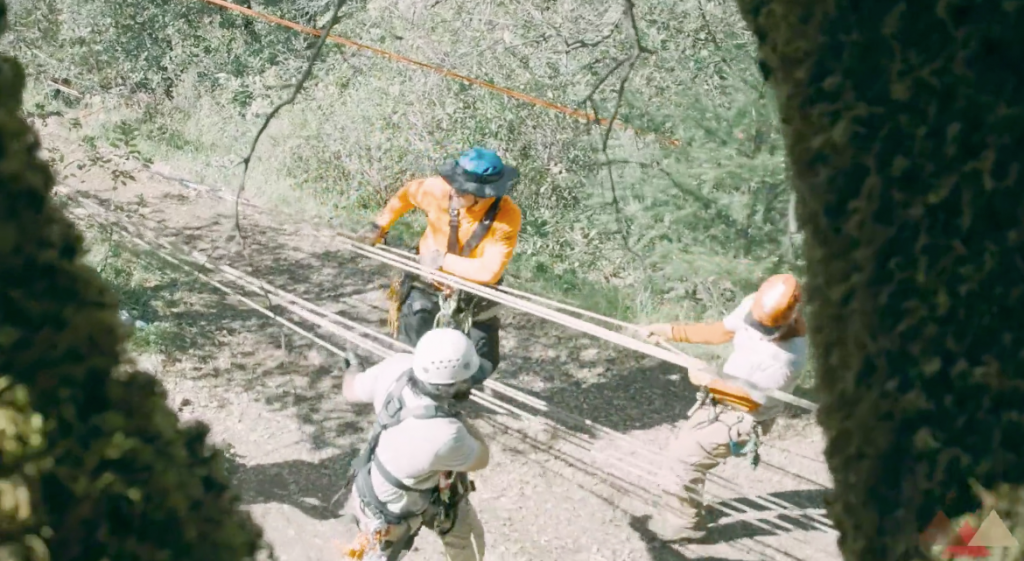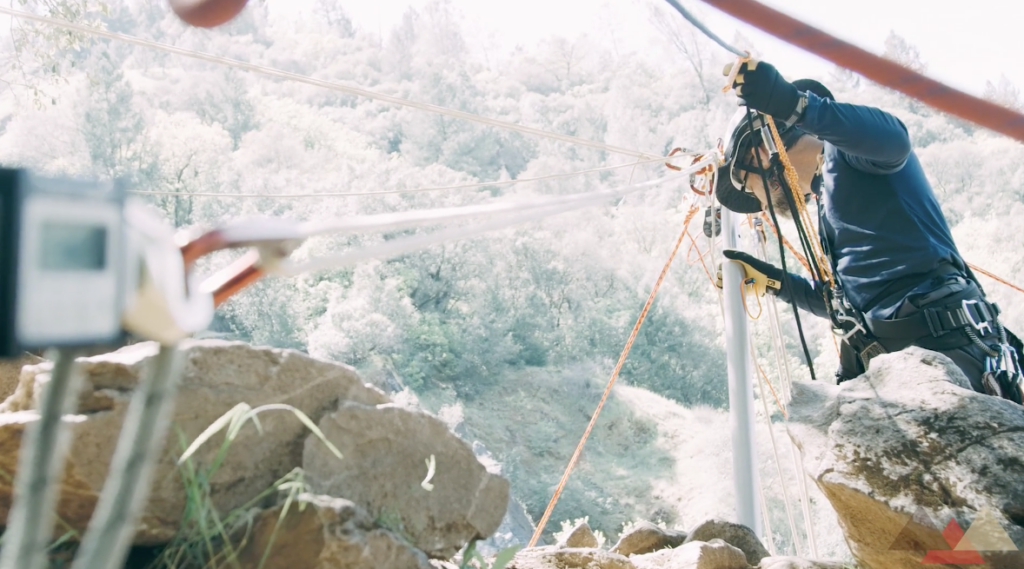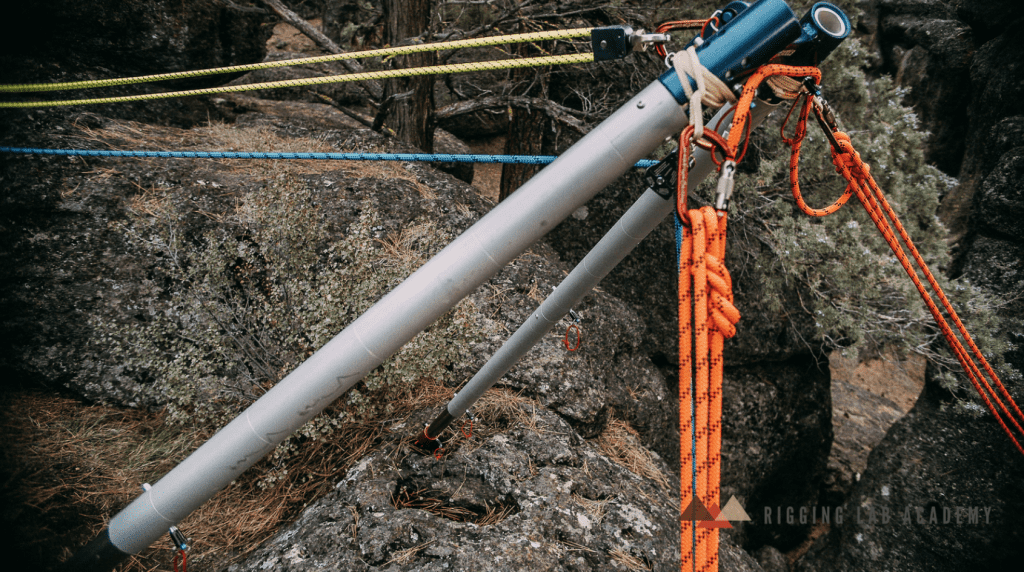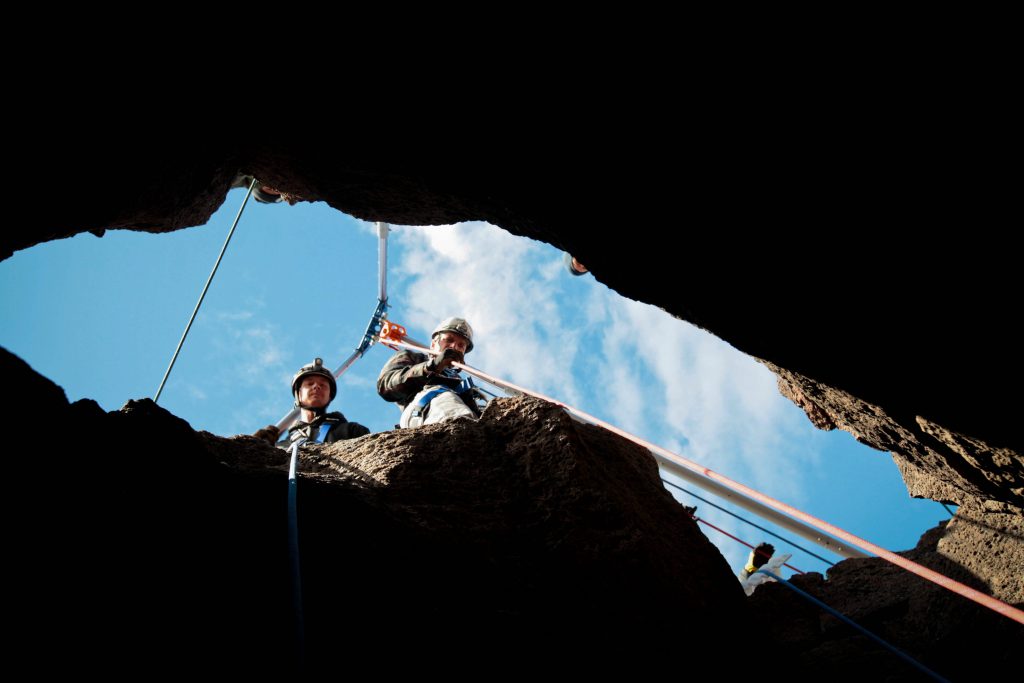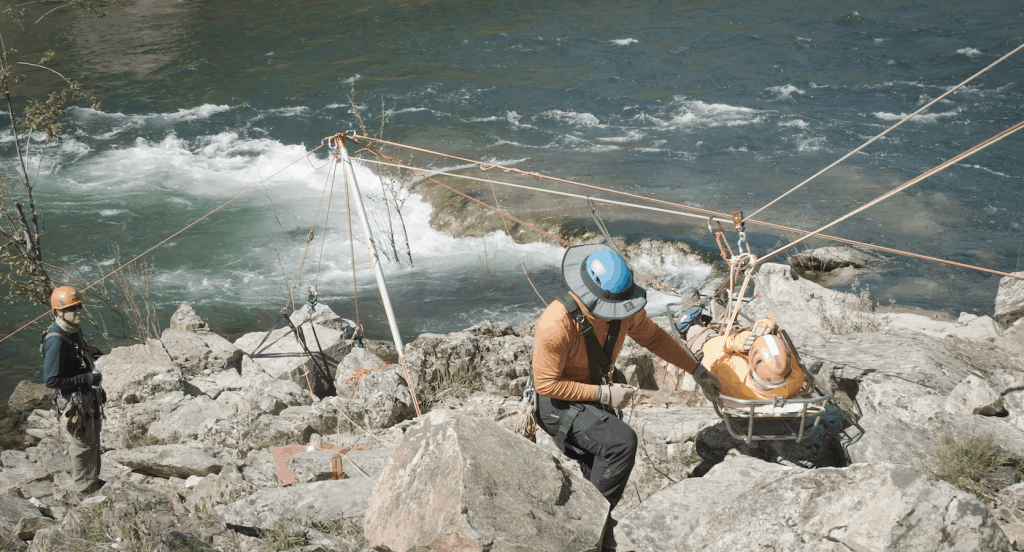Rope Rescue Essentials Knot Efficiency and Safety Factors
Mastering Rope Rescue: Integrating Knot Efficiency, Safety Factors, and Artificial High Directionals for Optimal Performance In the field of technical rope rescue, ensuring that every system component performs effectively is essential for safety. This guide combines insights into three core areas—knot efficiency, safety factors, and artificial high directionals (AHDs)—to help rescue teams assess and optimize […]
Rope Rescue Essentials Knot Efficiency and Safety Factors Read More »

